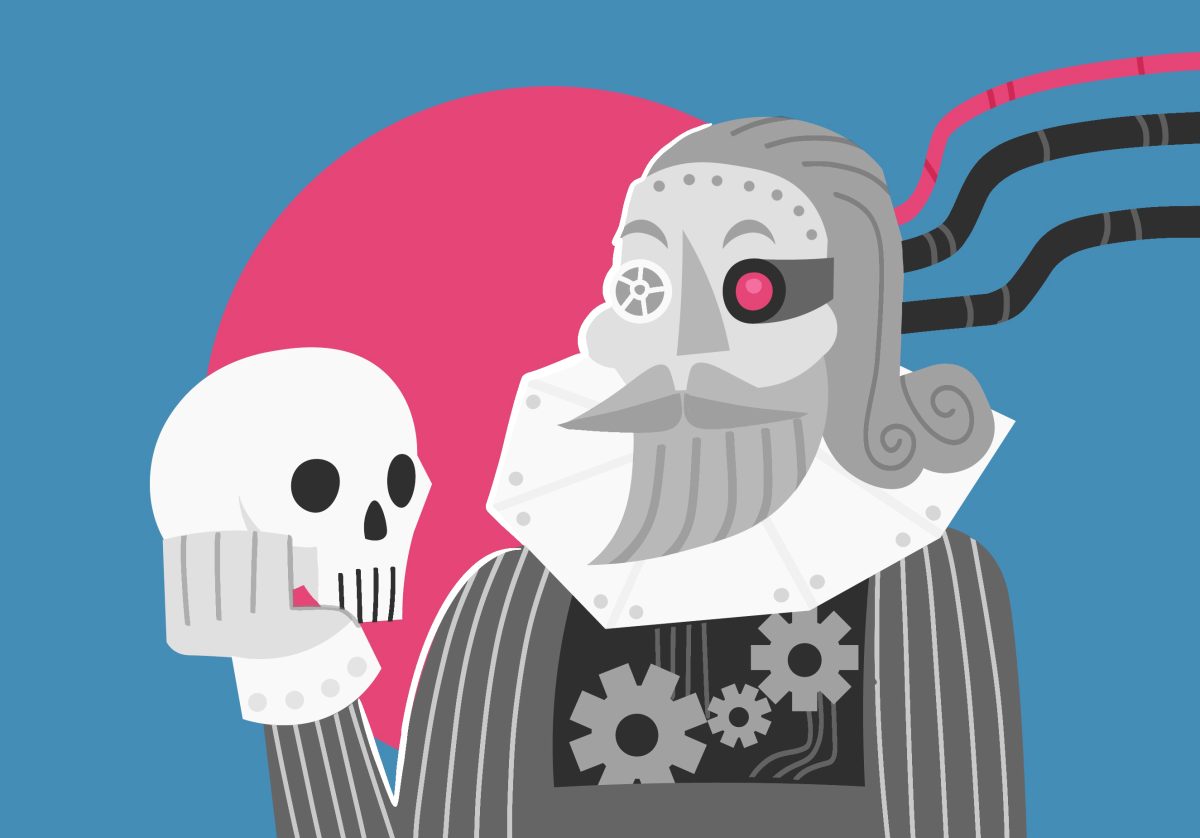CALAIS, France (AP) — Vomiting, choking and praying, a group of truckers and train workers could only lie down and wait for the rescuers who saved them from the English Channel tunnel’s worst accident yet — a smoky fire on a freight train.
Eight people, including a pregnant woman, were overcome by the thick black smoke in what was the Chunnel builders’ nightmare — intense flames and deadly fumes choking the 31-mile tunnel used to whisk passengers and freight beneath the channel.
The fire Monday night was the first serious accident since the tunnel linking Britain and France opened two years ago. Service was halted and could take three weeks to be fully restored.
None of the injuries were life-threatening. But the fire was a terrifying example of what can happen — despite elaborate safety precautions and frequent security drills — in this man-made engineering wonder beneath the sea.
“Another five or 10 minutes longer, we’d have all been carried out in bags,” said truck driver Brian Shilton, one of 34 people evacuated from the tunnel.
“It just filled up with smoke so quick it was just unbelievable. Everyone was vomiting and choking and we all thought it was going to be the end,” he said. “It was like being in a tomb.”
The fire broke out at 9:45 p.m. 11 miles into the westbound tunnel– one of three tunnel corridors — and roughly a third of the way through the trip from Coquelles, France, to Folkestone, England.
The heat and smoke from the blaze were so intense that firefighters had to pull back every 10 minutes. It took eight hours to put out the fire. The cause of the fire remained undetermined, though Eurotunnel, which operates the tunnel, said arson seemed unlikely.
Most of the truck drivers had left their cabs to spend the half-hour tunnel ride in a club car. When the flames and smoke billowed into the car, they sprawled on the floor, breathed through handkerchiefs and prayed for their lives.
“There was panic and we waited in the club car. We couldn’t leave,” said Benoit Ringaud, a French trucker.
The freight train was carrying 29 trucks, 31 passengers and three crew members. It was the only train in the tunnel at the time and rescuers quickly evacuated the passengers.
The tunnel, called the Chunnel, shut down immediately. Eurotunnel said it hoped to reopen partial service sometime Wednesday, but full service could take three weeks to restore. Eurotunnel was using ferries and planes to provide alternate service to passengers Tuesday.
A lengthy shutdown could prove financially devastating to the company, which is buried under $14 billion in debt. The company’s stock fell nearly 4 percent Tuesday in London.
The Chunnel opened more than a year late in summer 1994 at much higher costs than projected and Eurotunnel has been losing money ever since.
Le Shuttle, the train that hauls passenger cars and freight, is distinct from the high-speed Eurostar trains, which whoosh 16,000 passengers a day from London to Paris or Brussels in three hours. But both services use the same tunnels, often at the same time.
The fire forced officials to consider the specter of such a blaze aboard a Eurostar, which can carry several hundred passengers.
“This proves that in a tunnel like this, even small accidents can have grave consequences,” said Michel Caillaud, secretary-general of the French National Federation of Truck Drivers. “We’re worried that in the future, a worse accident could cause fatalities.”
British safety groups criticized French firefighters for waiting an hour before alerting their counterparts on the other end of the tunnel. A British lawmaker also questioned why the train didn’t continue on through the tunnel, the usual safety procedure for getting equipment on fire above the ground.
British Transport Secretary George Young told the House of Commons on Tuesday that the tunnel’s safety authority “will want to look again” at the design of the vehicle-hauling trains.










